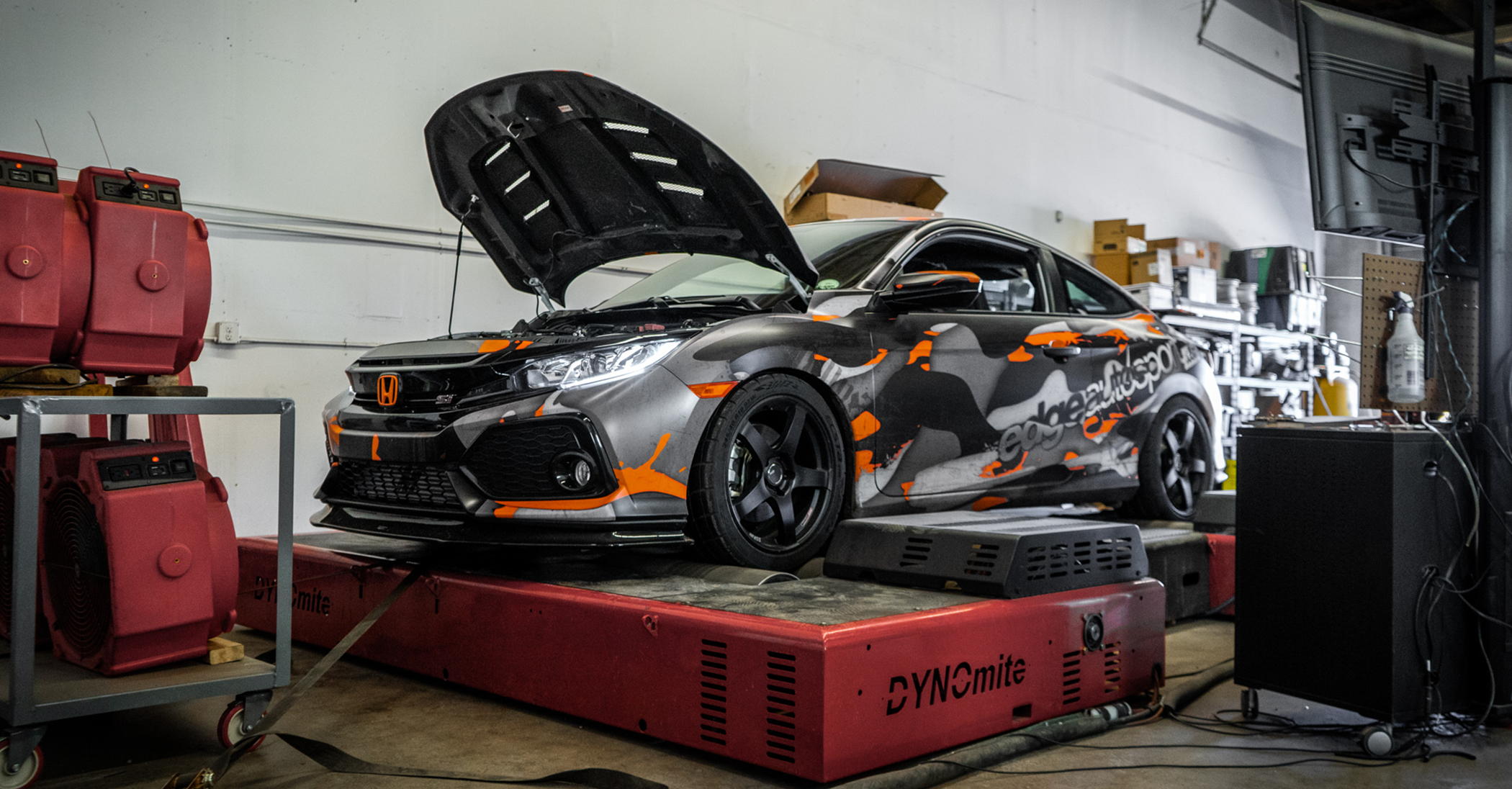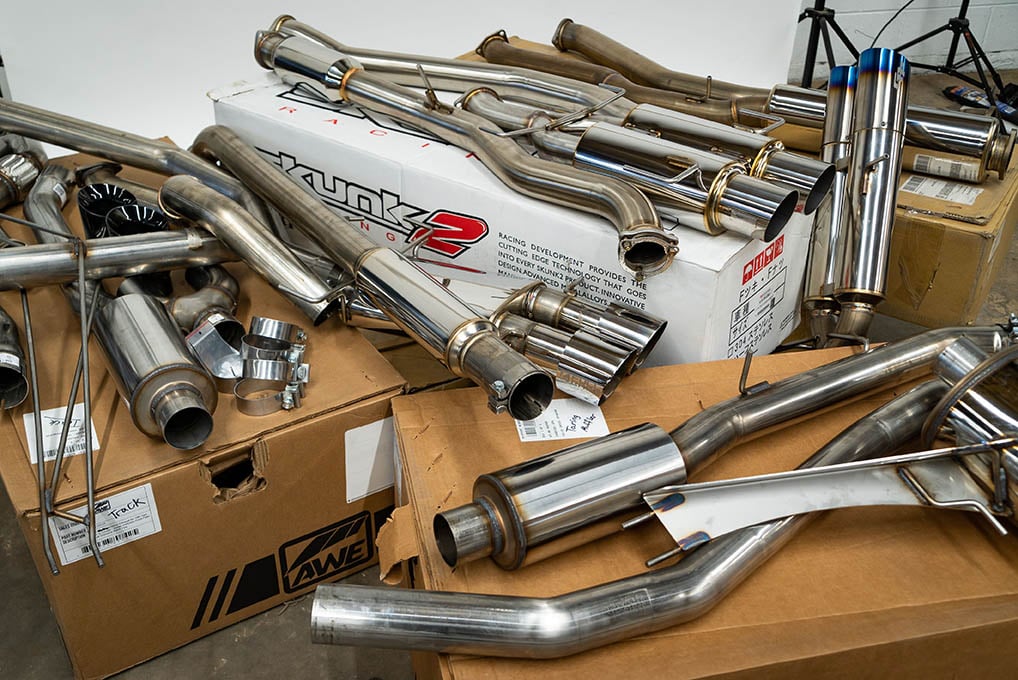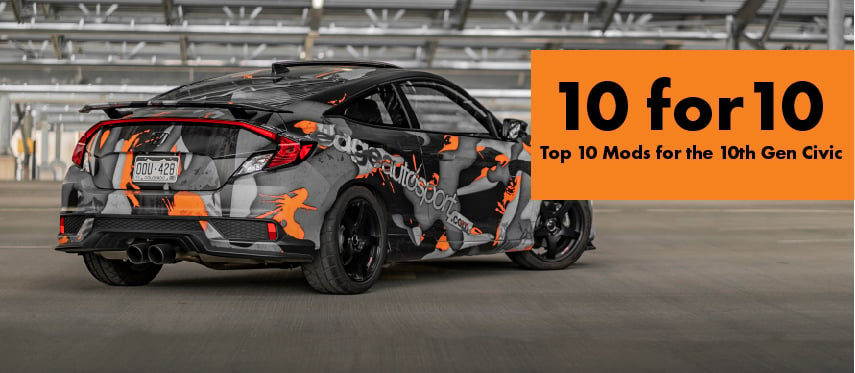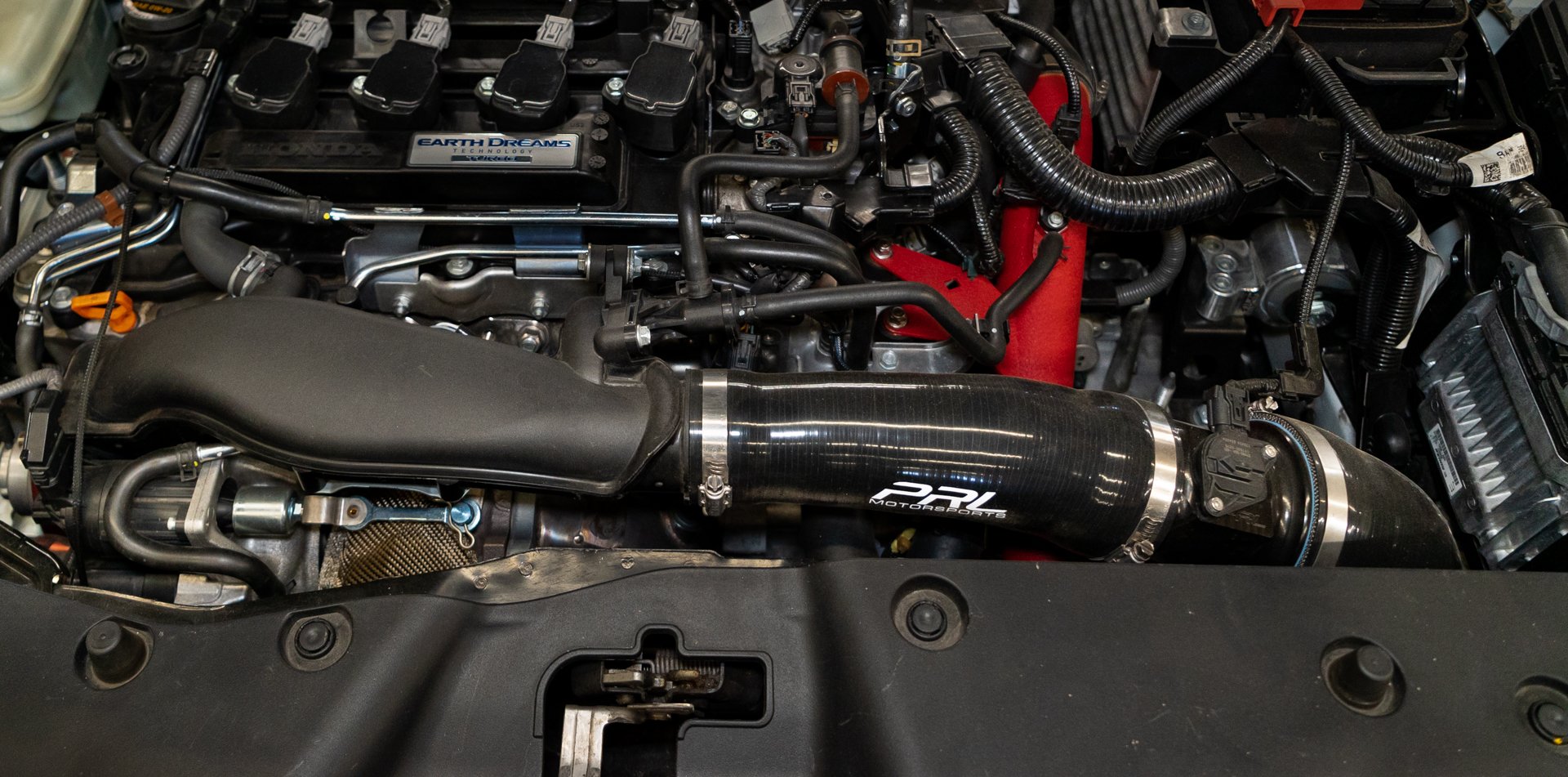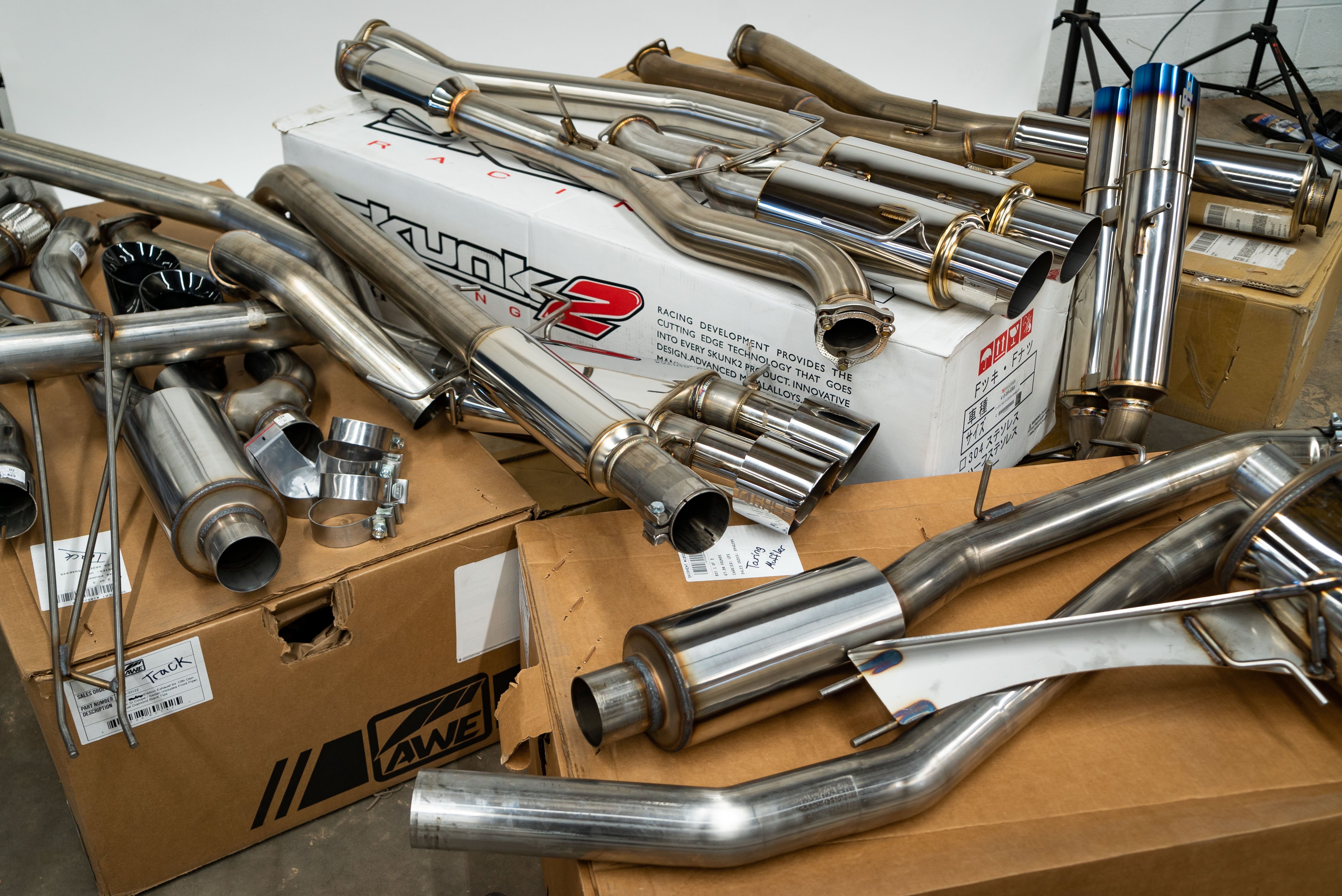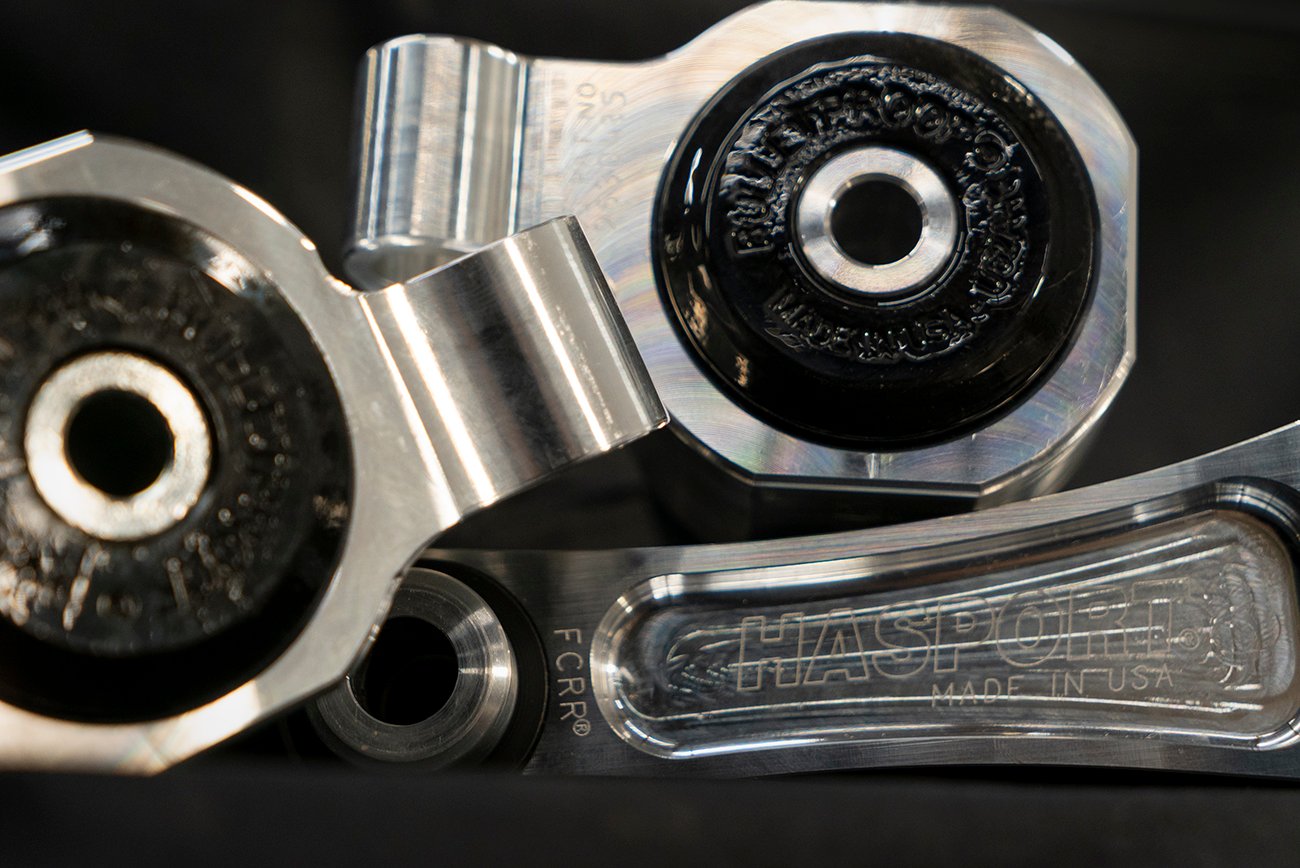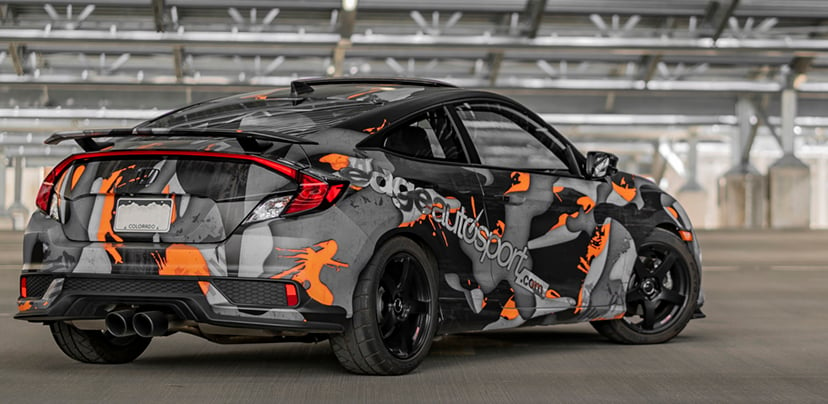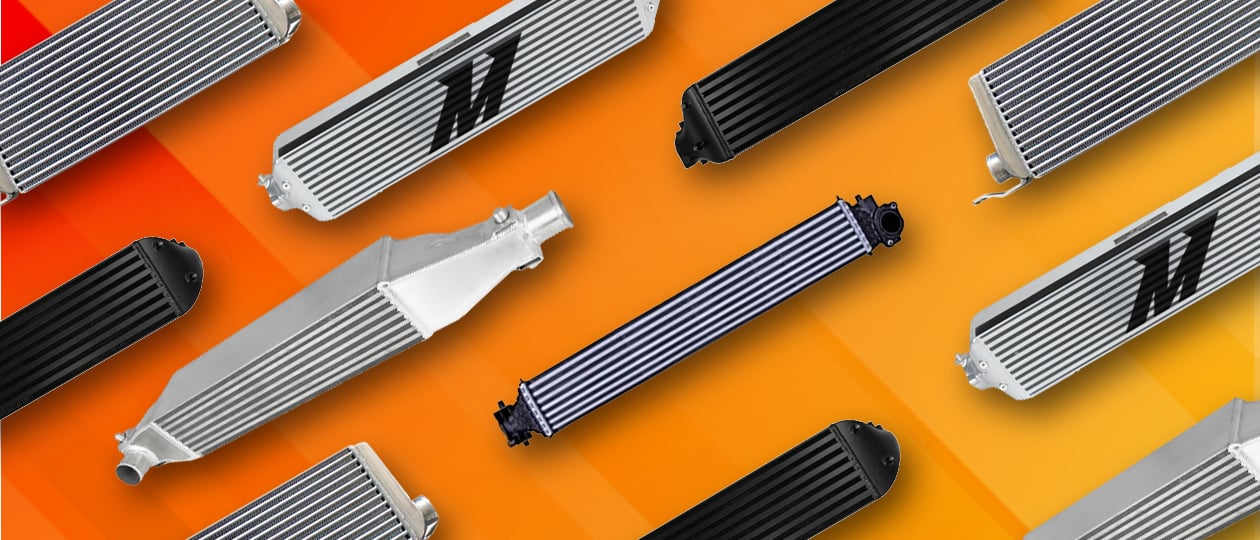Skunk 2 Intake Manifold for 10th Gen Civic Si - INSTALL & REVIEW
January 31st, 2024
4 min read
By JP Alonso
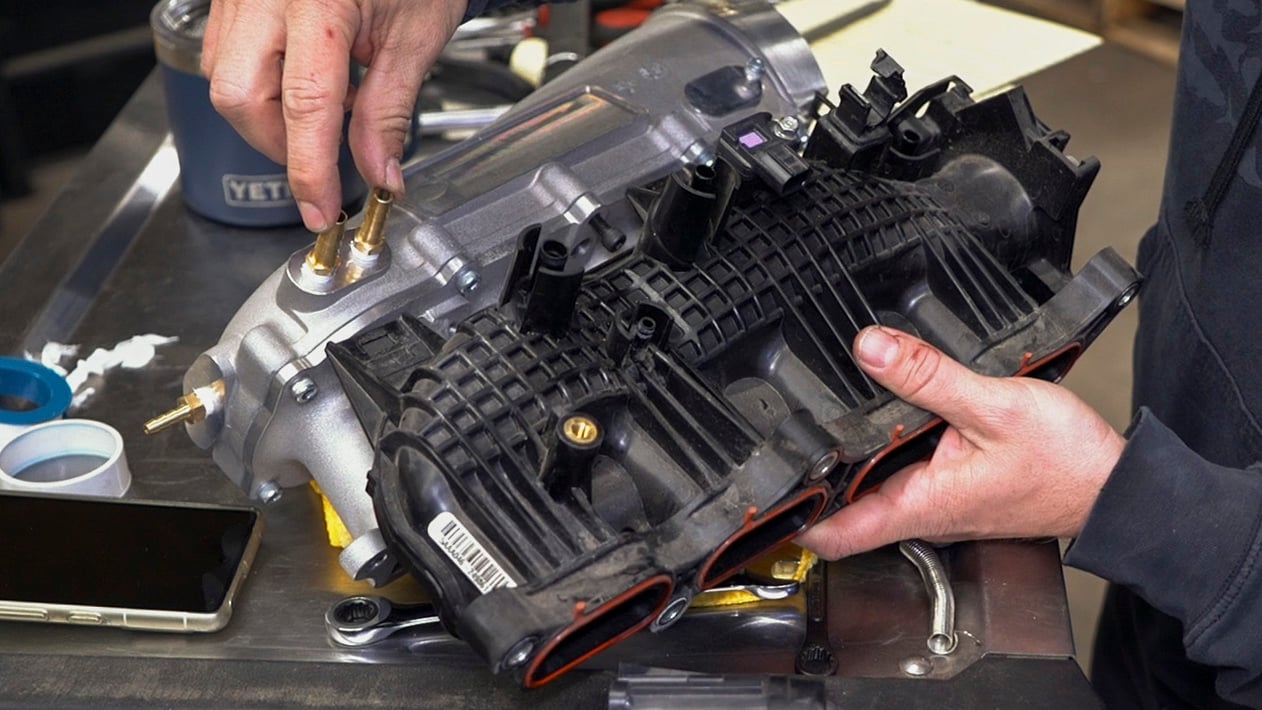
Intake manifolds seem to be a far less popular mod than...almost everything else. Especially on the 10th Gen Honda Civic Si or any 1.5T, it's not necessarily the first modification that comes to mind when you think of your next modification once you've got all the bolt-ons. And for those that go big turbo, it's still far from a 1:1 ratio of big turbo cars getting manifolds.

Skunk2 recently released their intake manifold kit for the 10th Gen L15B7 engines and we were curious about it. Here's why.
- It's an insane value. At only $399.99 (at the time of this writing), I mean, why the hell not? If you're fully bolted, you've already spent north of $2,000 probably. And that's only for power mods. If you have FlexFuel then you've really maxed out your stock turbo setup. If you can't pony up the big turbo money or just don't want to take your build that far, wouldn't that make this a great option? (At this point, we don't even know. Keep reading.)
- It's quality. This is not Skunk2's first rodeo. They've been making intake manifolds longer than the average age of any 10th gen Civic owner reading this. Okay, I don't know that for a fact but I'd honestly bet on it. It's a cast aluminum, modular manifold. It's modular because it can be switched around to put the throttle body on the opposite side and it has the ability to take a new plenum spacer to increase the volume of the manifold for those mild big turbo setups to the crazy 500whp stuff. At this point in time, 500whp is pretty crazy for a L15 motor. Anyway, what I'm saying is it's the last manifold you'll probably every need
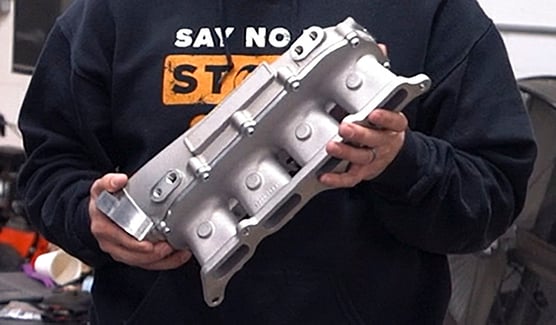
- It's bolt-on and relatively easy to install. It's not as easy as an intake. But it's not like doing a clutch job. Skunk2's install time estimate is 4 hours and that's about right on the nose if you have all the right tools. You don't need to get under the car, this is all done from the top.
- DRUM ROLL PLEASE: It features fuel injector ports and an available fuel rail for when you decide to add port fueling. Skunk2 knew exactly what to do here. I'm not going to lie, I was pleasantly surprised that they didn't just make a manifold to make a manifold. With the price of this thing and the functionality of the fuel injector ports, it becomes an even more insane value if you are upgrading to port fueling. Honestly, I can't explain how great this is for those that are seeking more power than what the stock fuel system can provide. Thank you Skunk2. Even better, f you don't really care about the fuel ports, they machined the ports but left them closed off for those that just want the manifold with no extra fueling. So you don't need to block anything off. You can run it as is. However, that means if you do want to run port fuel, you'll need to drill out the ports. That's not a hard job to do for the benefit of the extra fueling in the manifold runners, which is the best way to run that setup.
Okay, now you know why we're excited. You should be too. We took it upon ourselves to install the Skunk2 Intake Manifold on our own 2017 Civic Si shop car. We always want to give you as much info so you know if this is a path you'll want to go down too. We did a back to back test. We baselined our Civic Si with a Hondata off-the-shelf map. This is the +6psi, high octane map. Then we installed the manifold and did another run using the same map. We know that tuning for any hard part modifications is the best way to maximize a setup but we're always curious about what happens when you bolt something on. Here is a graph with the back to back runs.
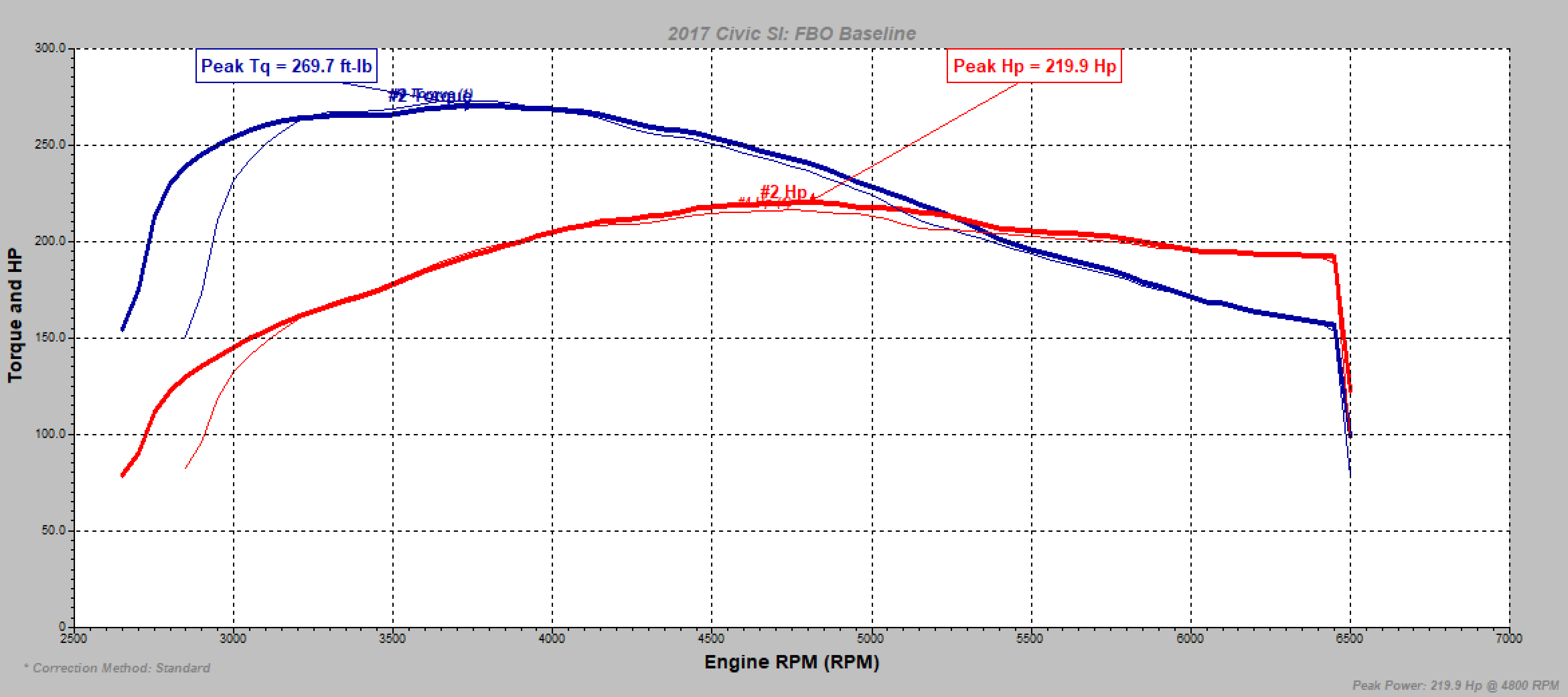
The thicker line represents our original baseline before the intake manifold. The thinner line represents post-install. Peak torque just barely reached higher than baseline but the difference is negligible. The most noticeable part of the changes are around 4500rpm to 5500rpm where we lose a little bit of power and torque. This isn't unexpected to be honest. The plenum size increase is typically designed to aid with high rpm horsepower, which is where the engine lives when you're doing any sort of racing. Along with that, the intake runners are bigger which causes a decrease in air velocity.
You can see that no power is lost up top at all. Remember, we're on the same OTS map from Hondata, the +6psi High Octane map. It's important to know that because of our altitude here in Denver, CO, the atmospheric compensations built into the Hondata maps simply won't allow us to make more boost. Regardless of whether we use a +6psi or a +9psi map, we only see about 2psi more than stock.
Overall, we're not disappointed. Sometimes, much bigger losses are seen when doing a modification like this so it's encouraging for when we get a bigger turbo on the car.
Now that our wastegate actuator is fixed, we went back to customizing our tune so we can get more power and control our boost a bit more. In hindsight, we really should have tried to custom tune the car with the stock manifold first before doing a back to back. Oh well. Maybe we'll mess with it more when the time comes for a bigger turbo. Because I really do want to see what the difference is with this manifold using our custom mapping and also with a big turbo. Once we do that, we'll definitely put out more info.
So if you're curious to see what we were able to achieve after dialing in our own tune after the manifold was installed, here you go!

Significant improvements were made after dialing back some of the altitude compensations which allowed us to push the turbo a little further. Improvements can be seen at every point in the curve.
Ready to take the plunge on the Skunk2 Racing manifold? Go ahead and click here to get it on the way. If you still aren't sure and you're looking for some guidance on the installation process, we have you covered. Check out our full installation guide right here.
I'm the founder of Edge Autosport and I remember first getting into cars in high school. I read all the magazines, bought a bunch of technical books, and finally got to start wrenching around the age of 19. I really enjoy modding and being able to live out a passion is truly awesome. I wouldn't change a thing.
Topics:
